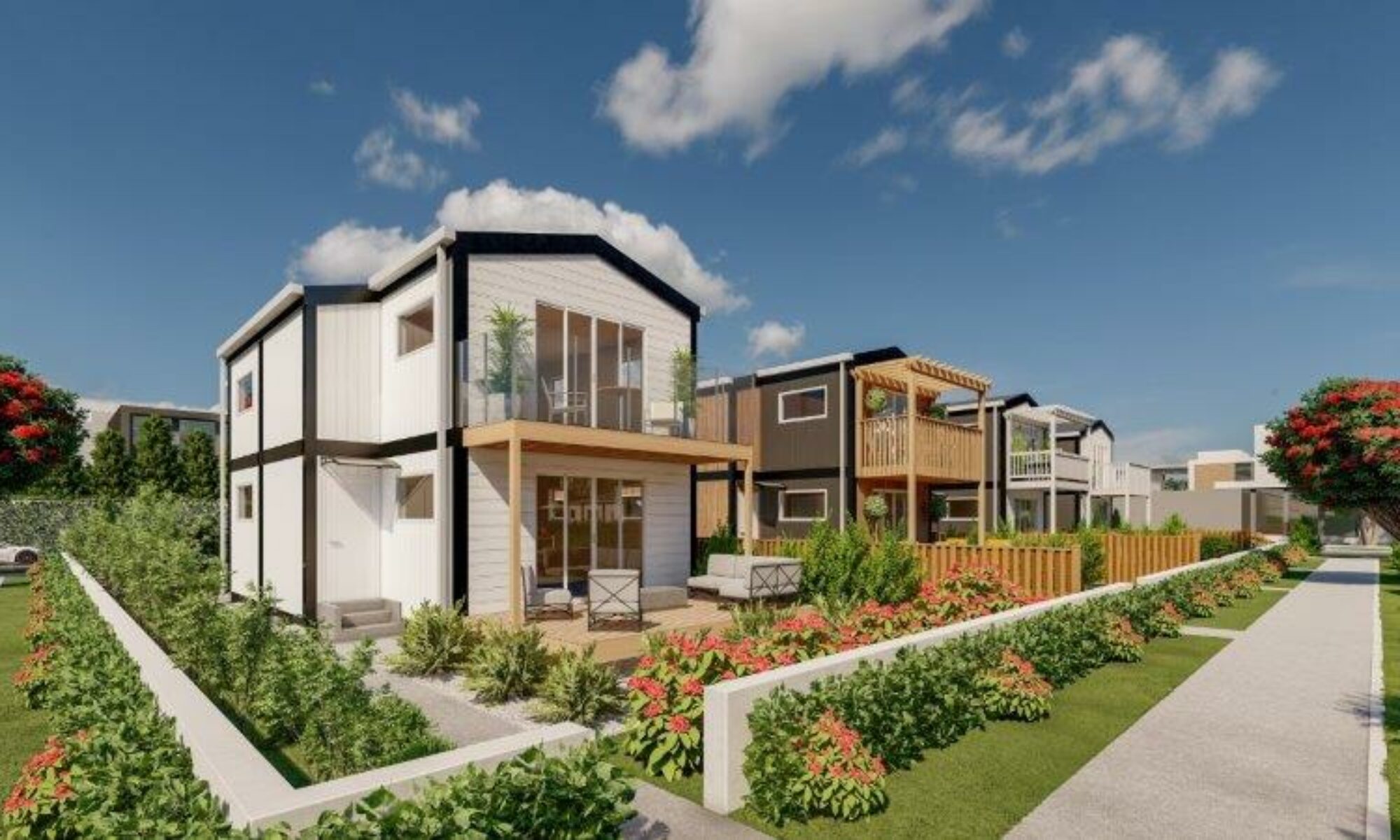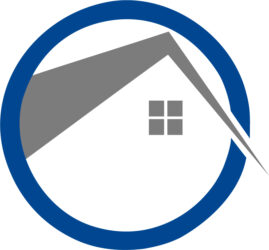Are Modular Houses better in Earthquakes?
New Zealand is one of the most earthquake-prone countries in the world. New Zealand has gone through the world’s most comprehensive seismic strengthening system. This new national system for managing earthquake-prone buildings in New Zealand came into effect on 1st July 2017. The new system concerns the owners of earthquake-prone buildings, territorial authorities (local councils), engineers, other building professionals and building users.
The incident in Christchurch in 2011 and some incidents overseas have shown that the failure of earthquake-prone buildings, or lands, can endanger lives.
New Zealand has had a progressive approach to improving standards for modern buildings and earthquake-resistant architecture since design standards for buildings were primarily introduced into New Zealand in 1935, following the Napier Earthquake. Advancements in the knowledge of seismicity, material properties and the response of buildings to earth-quaking have resulted in progressive refinements to requirements for the design and detail of buildings.
The system introduced on 1 July 2017 provides a guidebook and direction on how to manage the risks to public safety posed by existing buildings, including those constructed prior to the introduction of modern design standards. A building, or part of a building, is earthquake-prone if it will have its ultimate ability exceeded in a moderate earthquake, and if it were to collapse, would do similarly in a way that is likely to cause injury or fatality to persons inside or near the building or on any other neighbouring property, or damage to any other property situated nearby.
Territorial authorities determine if a building or part of a building is earthquake-prone using the EPB methodology, a document that sets out how territorial authorities identify potentially earthquake-prone buildings, how engineers partake in engineering assessments, and how territorial authorities determine whether a building or part is earthquake-prone and if it is its earthquake rating via thorough examining.
Methodology to detect whether the building is prone to earthquakes or not- EPB method
The methodology to identify earthquake-prone buildings sets out the criteria for accepting an engineering assessment, for recognising a previous assessment, and the basis for determining if a building or part meets the tests for being earthquake-prone.
If a territorial authority determines that a building is earthquake-prone, it needs to:
- Assign an earthquake rating for that building,
- Issue an EPB notice to the owner to display prominently on the building.
- Publish the building information on the EPB register.Assigning an earthquake rating helps people to understand and identify the lowest-rated buildings and their expected seismic performance. Earthquake ratings mean the degree to which the building, or part, meets the seismic performance requirements of the Building Code that relate to how a building is supposed to perform in an earthquake situation, and that would be used to design a new building on the same site as at the date the new system came into action.
How do modular homes help earthquake-prone areas?
Modular homes are earthquake-resistant houses made of high-quality steel. Moreover, strong materials like steel and concrete bolster the exterior of a modular home and indoors are made with western red cedar ceilings. In regions such as New Zealand or Canada, the most earthquake depth of VIII on the MSK Intensity Scale is likely to prevail. This may bring about harm to structures and masonry buildings. Buildings which might be built with suitable first-class cement mortar could also additionally increase cracks, at the same time as homes built in sandy soil on an excessive water table, face the chance of more damage, says the National Institute of Disaster Management- NIDM
Here is how verification may be achieved to check the chance of harm to your residential building:
Number of storeys
A one or two-storeyed building, the use of thick partitions, maybe extraordinarily more secure than a three-storeyed building. The fourth storey, if added, may be very hazardous and could make dwelling withinside the lower storeys riskier.
Conclusion of the article:
Summing it up, we read about what is the new system in New Zealand concerning earthquakes, how to self-verify the chances of risk of your building, and what is earthquake rating, how territorial authorities check the earthquake ratings, We also observed in this article how modular homes can save the disaster occurring via its high-end design.

